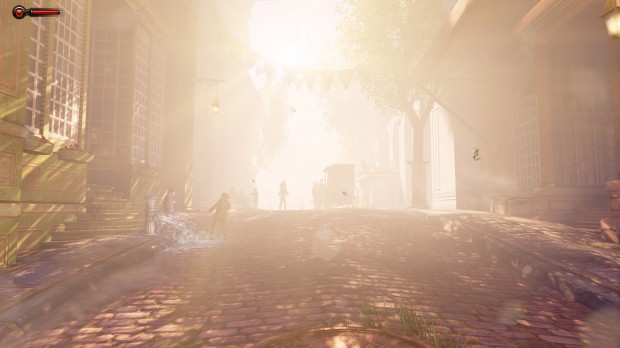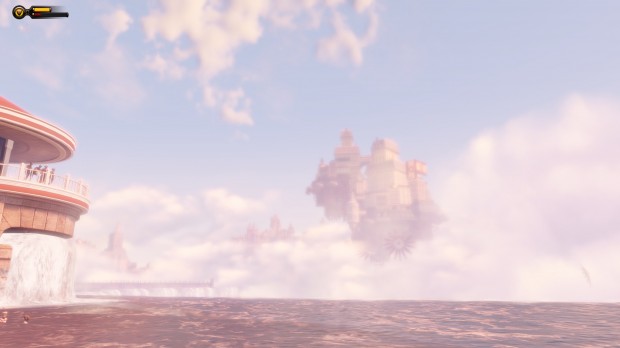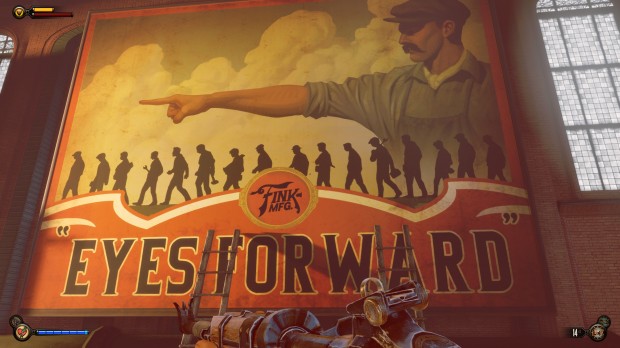I don’t always get a lump in my throat at soccer games – but when I do, it’s something else.
To the Empire Supporters Club, the Midnight Riders, the Viking Army, the Rebellion, and the Garden State Ultras: good job, every last one of you. This was an unforgettable thing.
More about the joint supporters’ march in my match report from this weekend.






